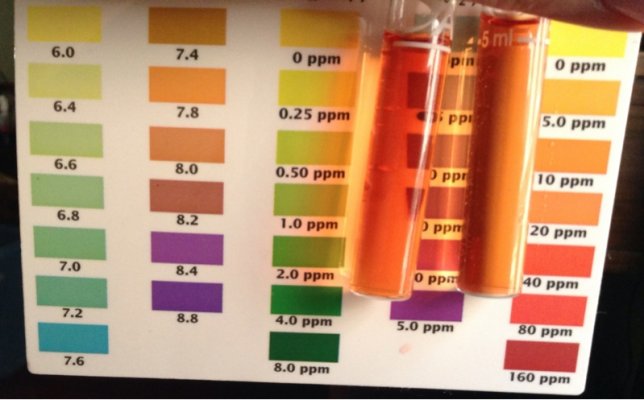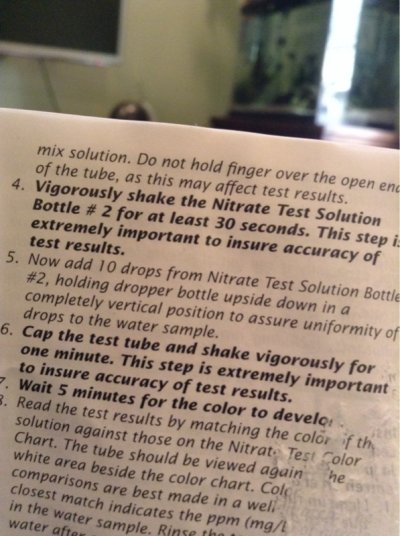Wylgamez
Aquarium Advice Apprentice
Yesterday I found my newest fish dead. This was a very healthy to the eye fish that was brought in 2 weeks ago. I checked the water and found out nitrate was at 40. I did a 25% wc. Today I checked the nitrate level and it's still the same. I immediately did a 50% wc and got rid of the carbon in the filter which I haven't changed in month and a half. I believe that is the reason of the spike, I'm a little confused about its importance since I've read some people don't even use carbon and others leave it for longer time that I've left it in the tank and of course there are others who recommends changing it every month.
Anyways, I checked the nitrates after the 50% wc and it's now somewhere between 10 and 20 ppm, not too clear to me, please refer to the picture. What should I do next? I think last time this happened (maybe 9 months ago) I kept changing the water, but my fish are still stressed out and I don't want to harm them more. The rest of the parameters are 0 with ph 7.8, 77 degrees in a 20g tall planted tank. 5 green tiger barbs, 1 albino tb, 1 kuhli loach, 5 assassin snails plus a small plague of mystery snails.
Any help will be greatly appreciated!
Anyways, I checked the nitrates after the 50% wc and it's now somewhere between 10 and 20 ppm, not too clear to me, please refer to the picture. What should I do next? I think last time this happened (maybe 9 months ago) I kept changing the water, but my fish are still stressed out and I don't want to harm them more. The rest of the parameters are 0 with ph 7.8, 77 degrees in a 20g tall planted tank. 5 green tiger barbs, 1 albino tb, 1 kuhli loach, 5 assassin snails plus a small plague of mystery snails.
Any help will be greatly appreciated!


